Crudo, Creative Cuisine Between Japan and Mexico
This small, intimate restaurant in Oaxaca is run by chef Ricardo Arellano, who combines ingredients from the two countries in original ways.
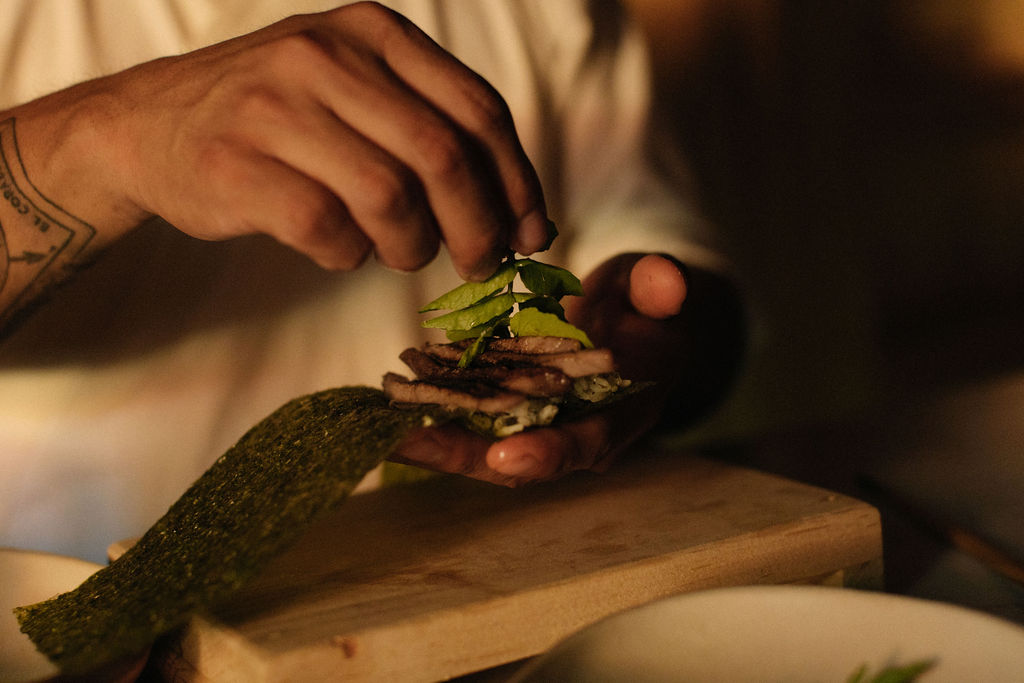
© MAUREEN M. EVANS
To sit down at the wooden and marble counter at the restaurant Crudo, diners first have to enter a large old building in the city of Oaxaca in the south of Mexico, inside which the establishment occupies a private room. This small restaurant seats just six people on hand-carved stools, where they wait to discover the surprises that chef Ricardo Arellano has in store.
In this intimate ambiance, accentuated by the wood-covered walls, the diners are obligated to let themselves go along with the desires of the chef who offers an omakase menu, which can be translated as ‘I leave it to you.’ However, the taste journey is somewhat predetermined: Ricardo Arellano creates dishes that combine Japanese cuisine and recipes handed down from generation to generation within his own family. The chef also seeks to source local products, and Crudo therefore works with fishermen, farmers, and cooperatives from the surrounding areas.
Spicy grasshoppers and tuna sashimi
This fusion cuisine results in eight dishes for each menu, such as squash ramen with edible flowers, chintextle, spicy grasshoppers paired with tuna sashimi, or pulque ceviche. Pulque is a traditional Mexican alcohol made by fermenting agave and, prior to the Spanish colonisation, was considered by the indigenous people to be the drink of the gods. This nickname is also given to sake, of which Crudo also offers a wide variety to accompany the dishes made by the chef in front of the diners.
More information about Crudo can be found on the restaurant’s website.
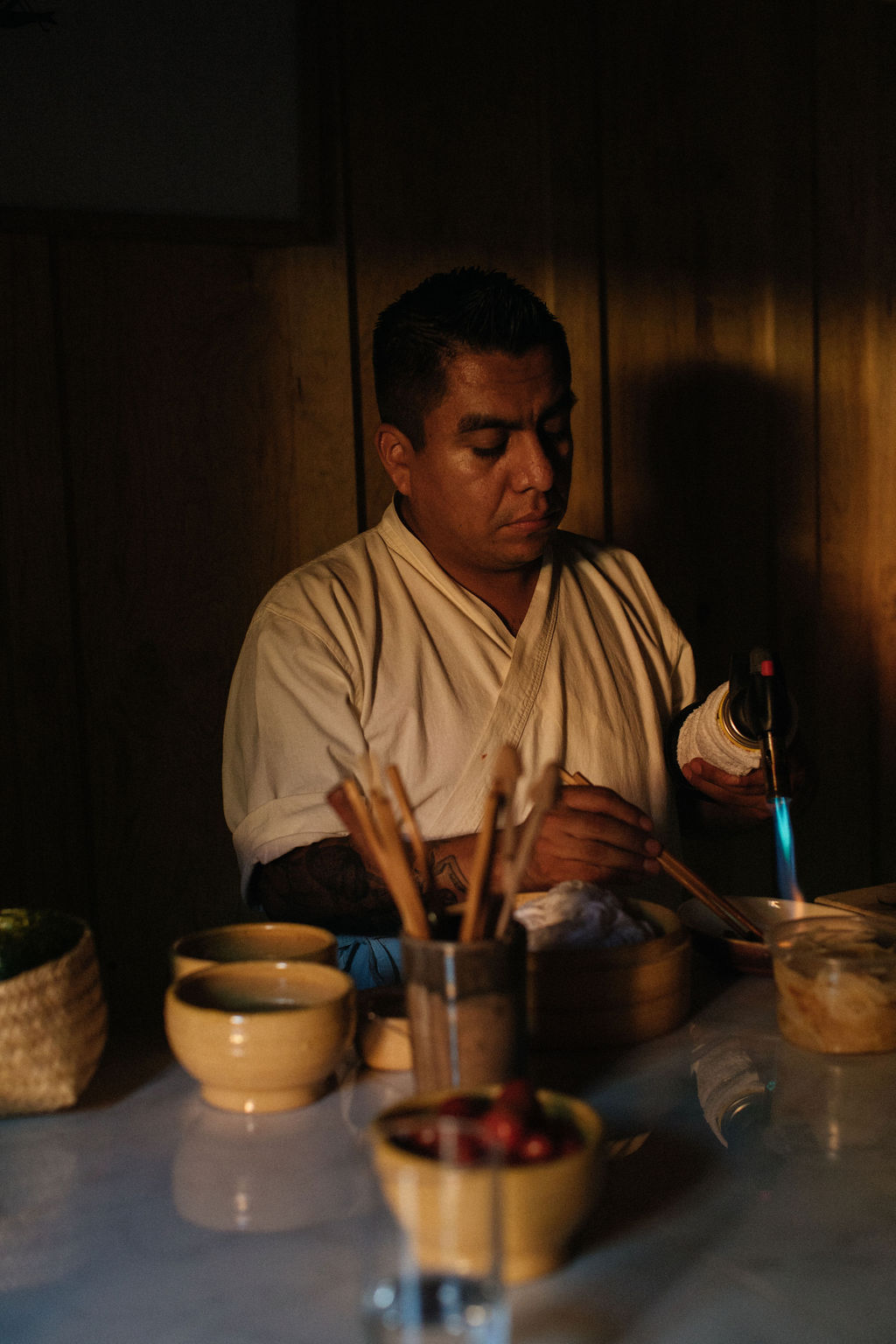
© MAUREEN M. EVANS
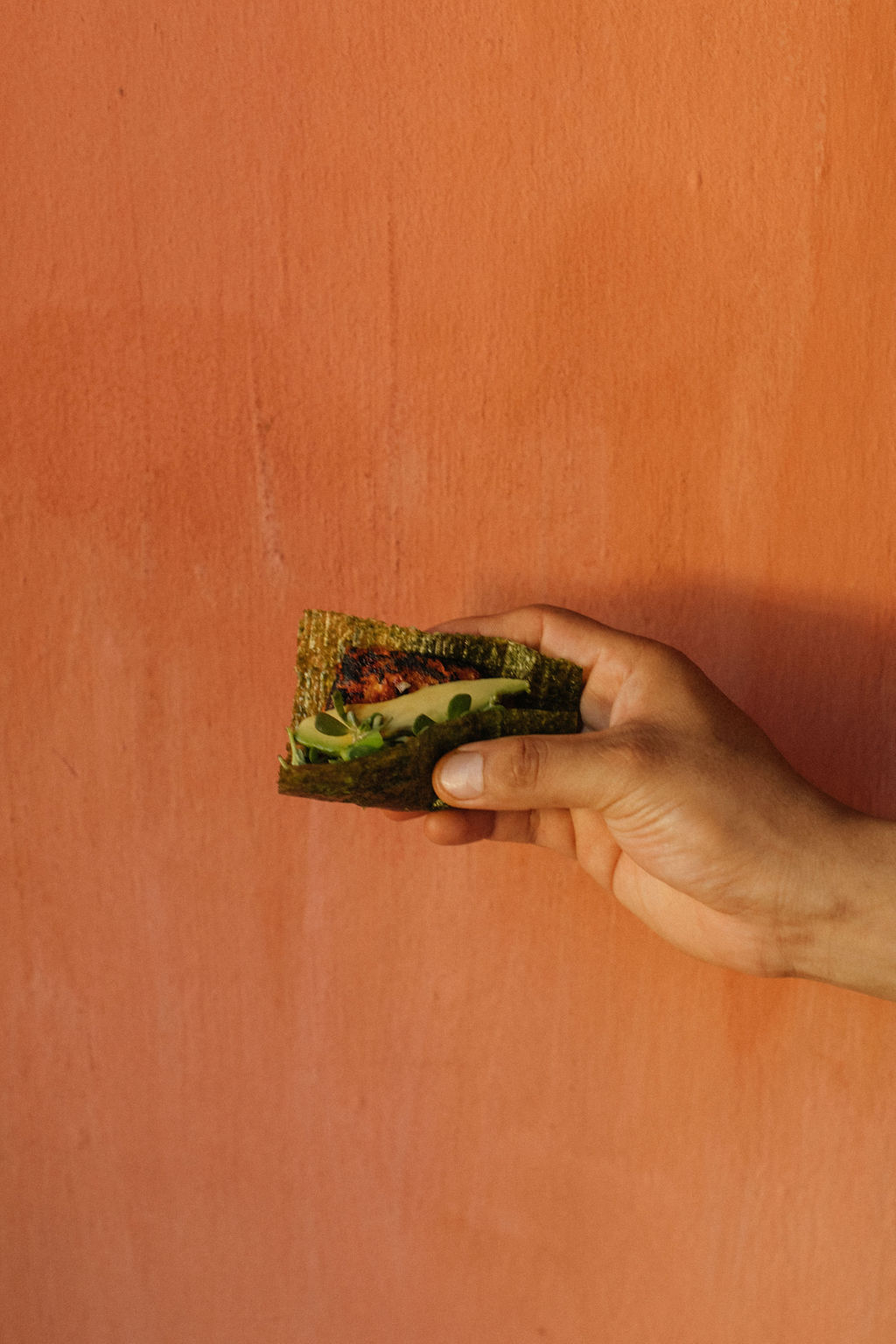
© MAUREEN M. EVANS
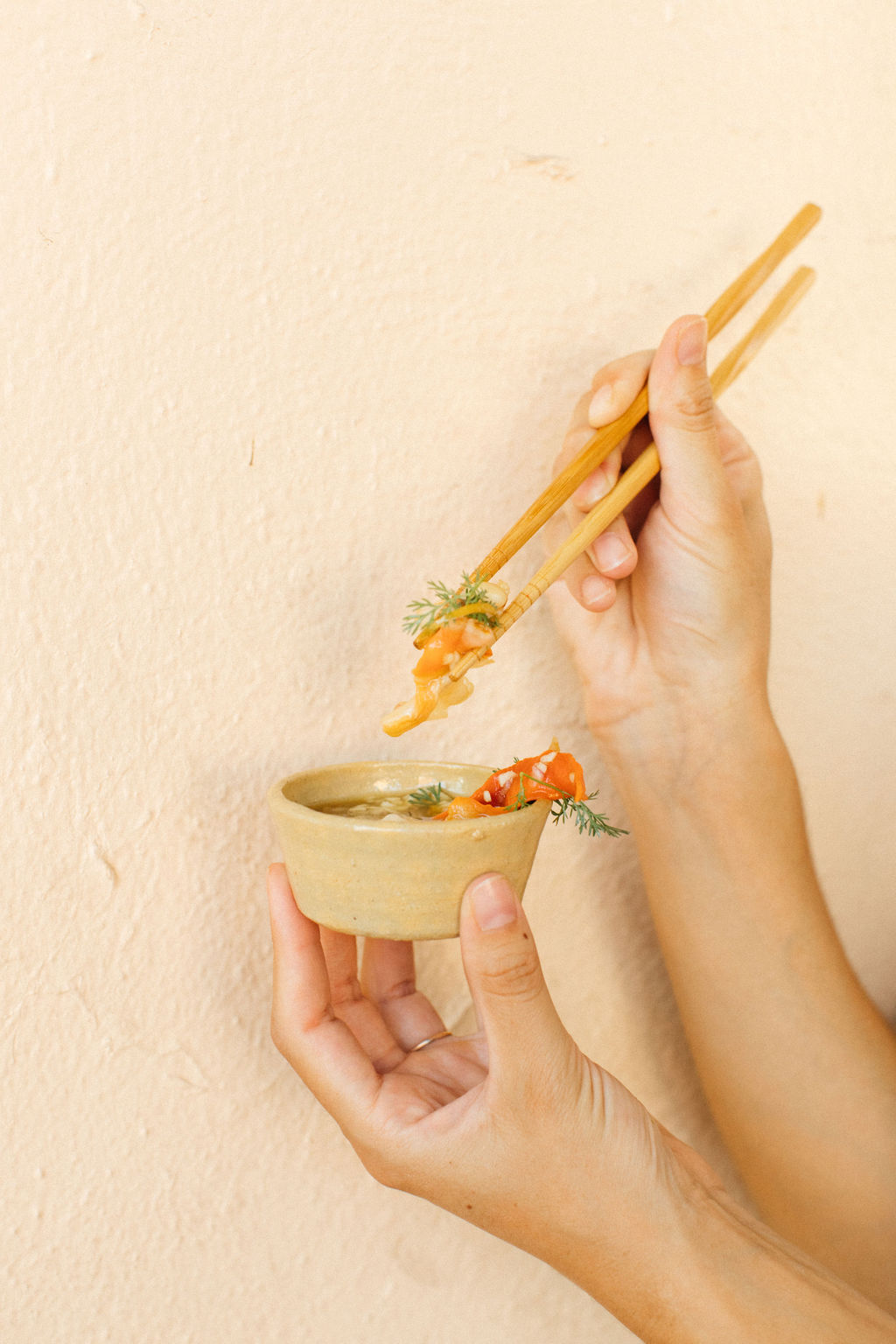
© MAUREEN M. EVANS
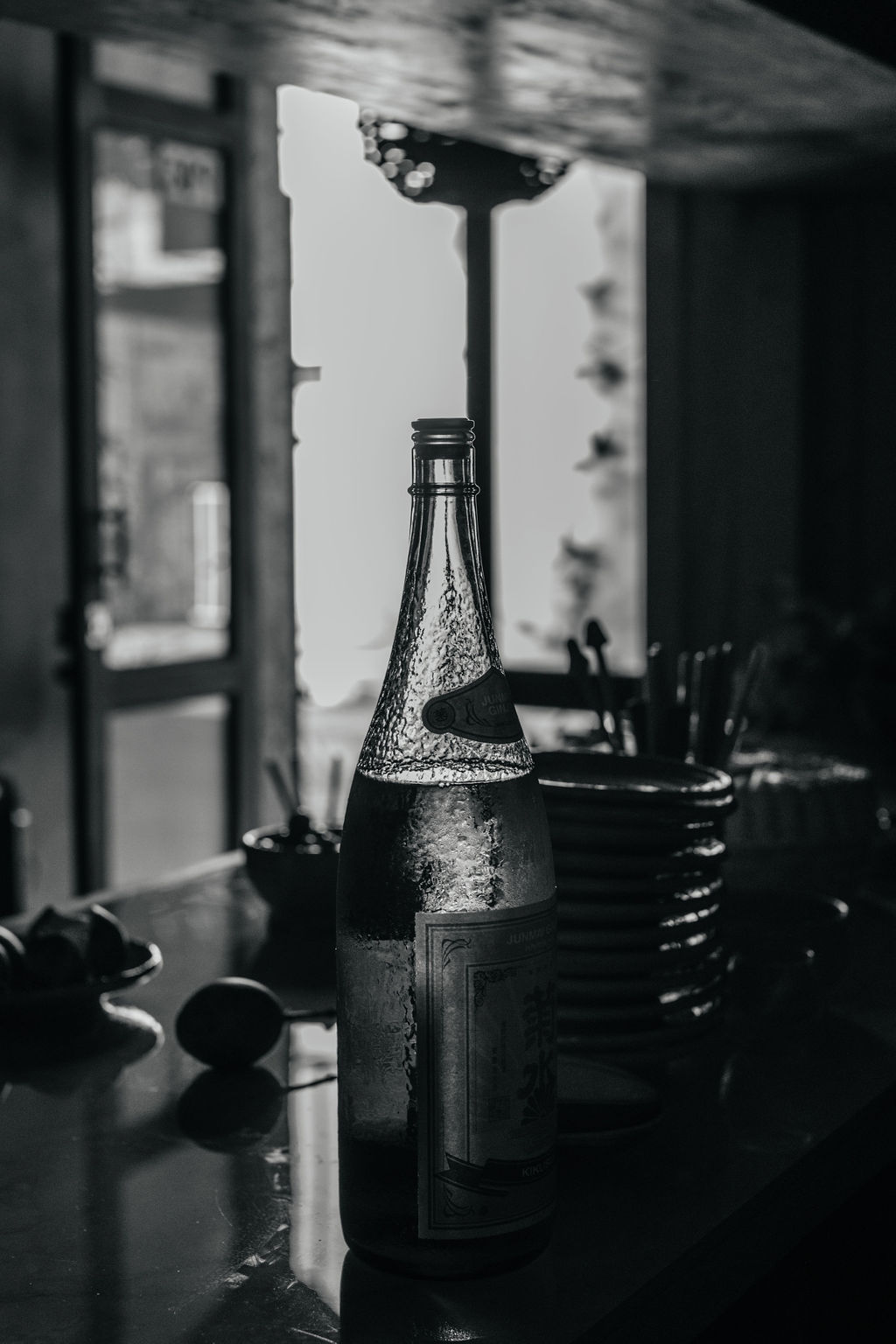
© MAUREEN M. EVANS
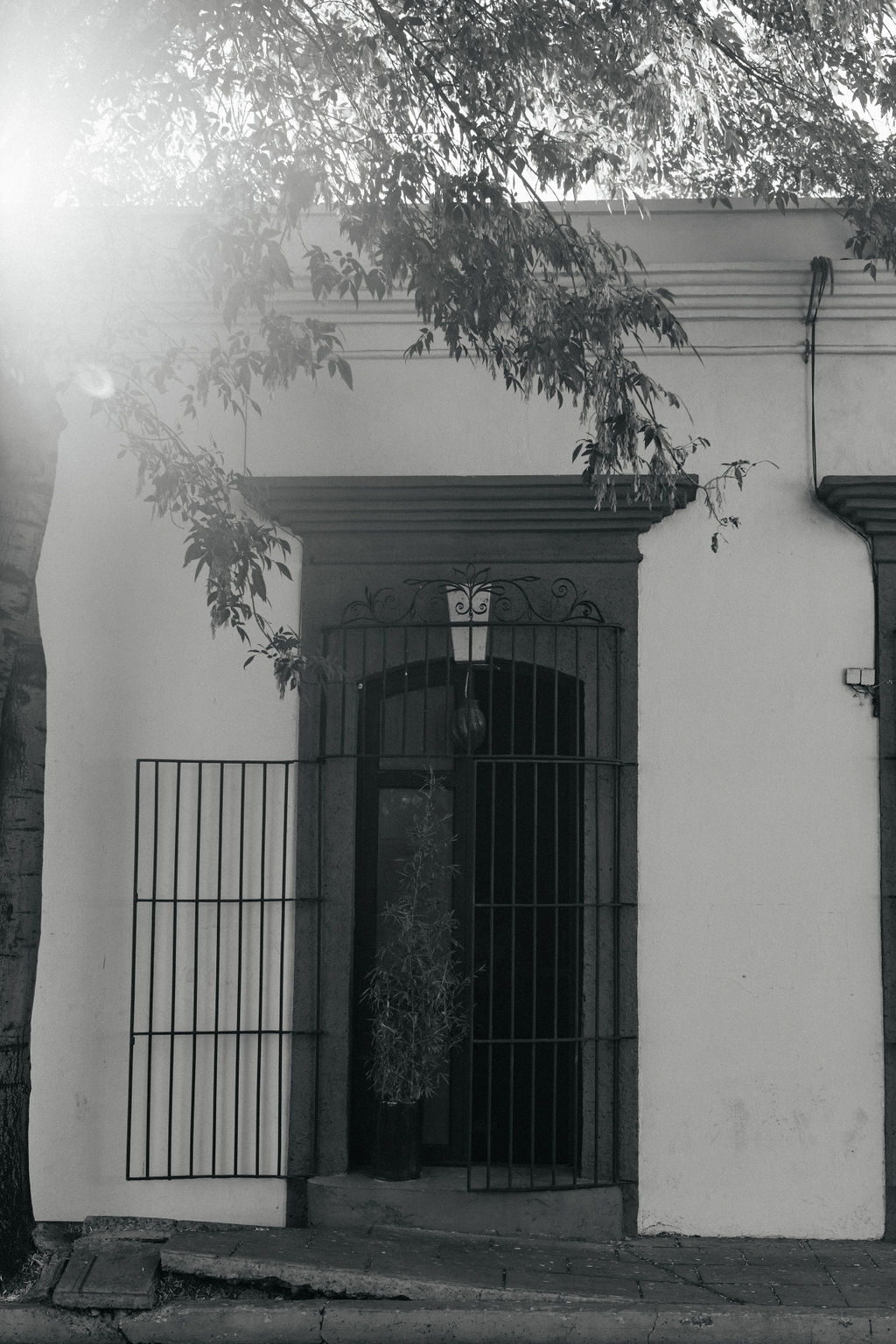
© MAUREEN M. EVANS
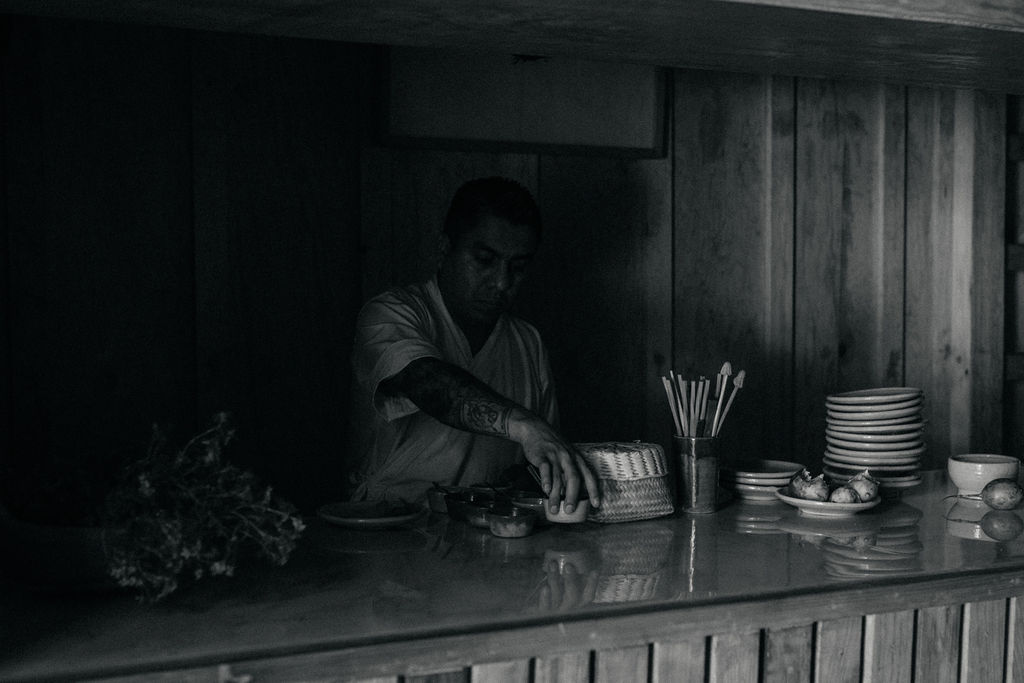
© MAUREEN M. EVANS
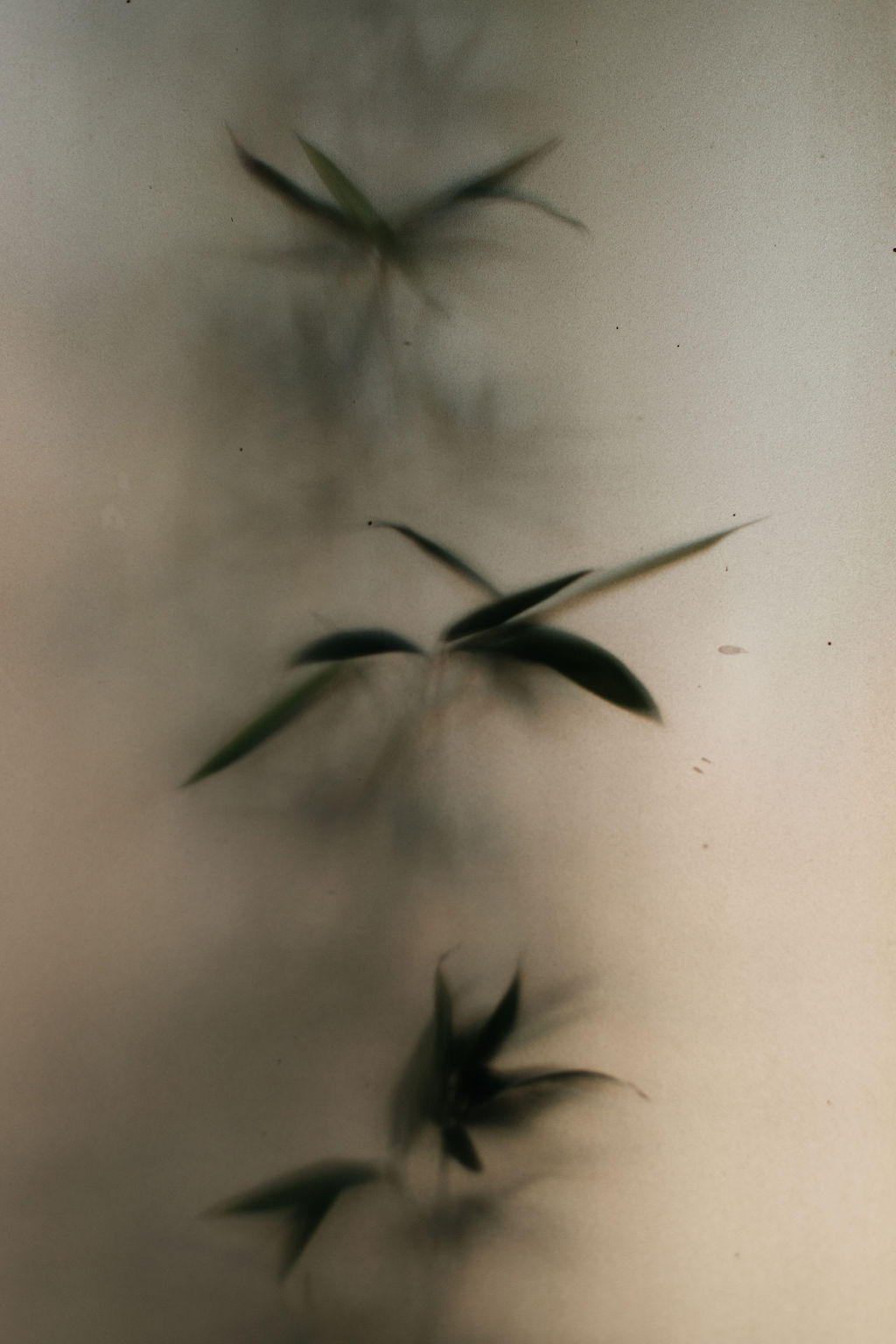
© MAUREEN M. EVANS
TRENDING
-
The Tattoos that Marked the Criminals of the Edo Period
Traditional tattoos were strong signifiers; murderers had head tattoos, while theft might result in an arm tattoo.

-
Paris, Tokyo: Robert Compagnon
With his co-chef and talented wife, Jessica Yang, Robert Compagnon opened one of the top new restaurants in Paris: Le Rigmarole.
 3:31
3:31 -
Chiharu Shiota, Red Threads of the Soul
Last year, more than 660,000 people visited the retrospective 'Chiharu Shiota: The Soul Trembles' exhibit at the Mori Art Museum.

-
‘Before Doubting Others, Doubt Yourself. Who Can Truly Say a Dish Isn’t What It Used to Be?’
In ‘A Non-Conformist’s Guide to Surviving Society’, author Satoshi Ogawa shares his strategies for navigating everyday life.

-
The Story of Sada Yacco, the Geisha who Bewitched Europe
Described by Dazed magazine as the first beauty influencer, she has been restored to her former glory since 2019.





